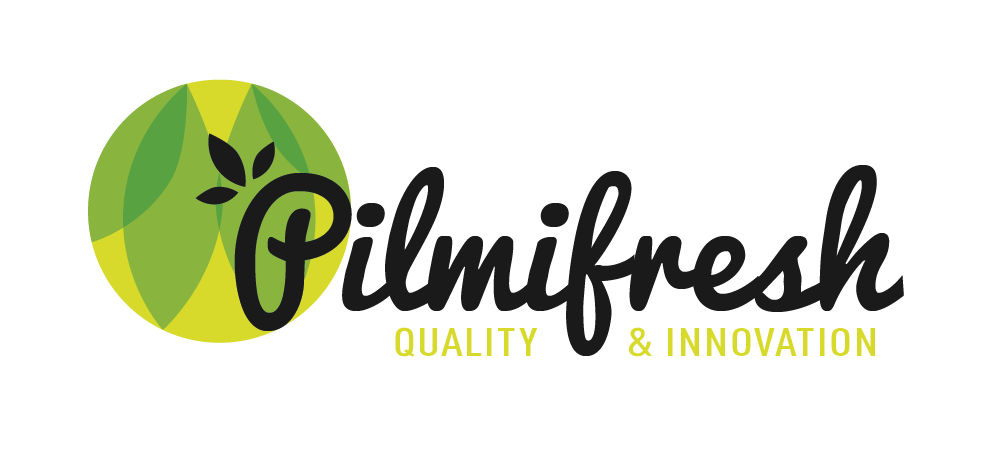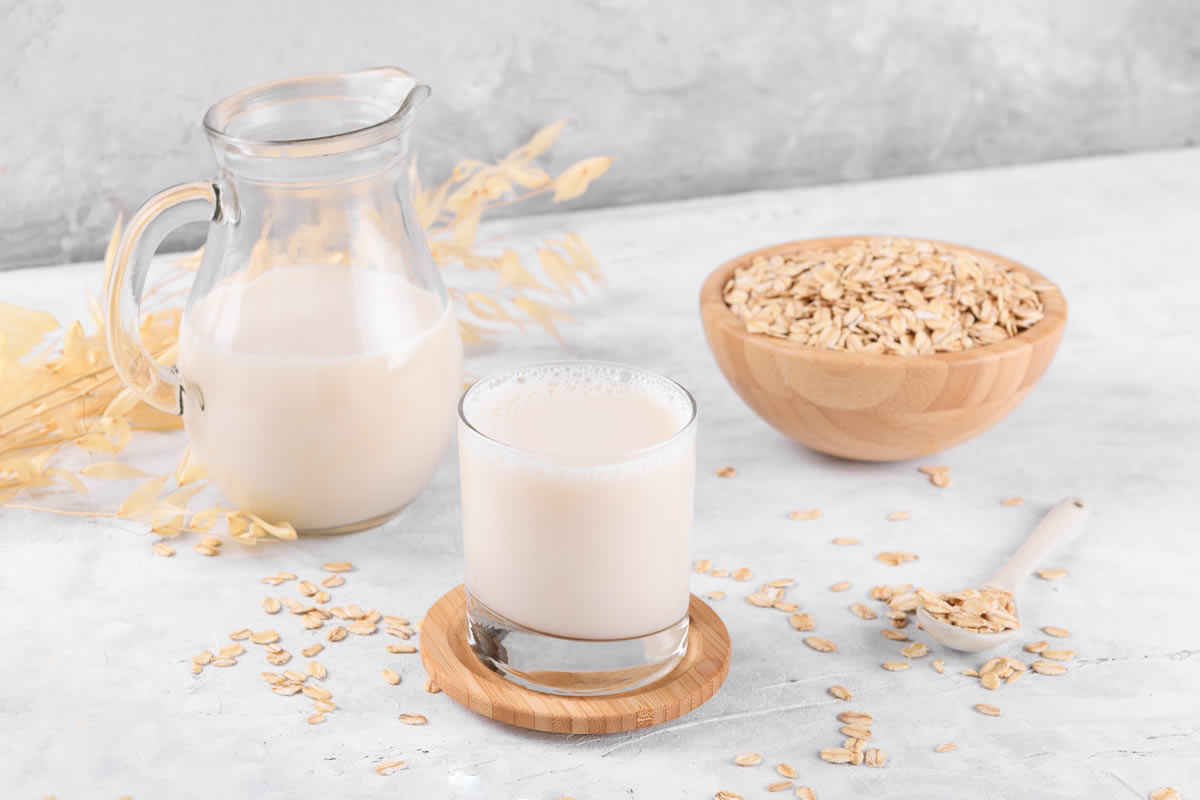近年来,植物奶作为健康且可持续的乳制品替代品而广受欢迎。由于有杏仁奶、豆奶、燕麦奶和椰奶等多种选择,许多人都对了解这种乳制品替代品的生产方式感兴趣。在本文中,我们将探讨获取植物奶的过程,从原料选择到最终产品。
食材选择
生产植物奶的第一步是选择原料。根据您想要获得的植物奶类型,选择不同的原料。例如:
- 杏仁奶:使用生杏仁。
- 豆浆:采用大豆。
- 燕麦奶:使用燕麦片。
- 椰奶:使用新鲜或干燥的椰子果肉。
原料的质量至关重要,因为它影响植物奶的风味、质地和营养价值。
浸泡
选定原料后,下一步就是浸泡。对于使用坚果或种子的植物奶,如杏仁奶或豆奶,需要将它们浸泡在水中几个小时,通常为 8 至 12 小时。这个过程:
- 滋润原料,使其更容易混合。
- 有助于消除种子和坚果中存在的抗营养素。
- 改善最终牛奶的风味和质地。
混合
浸泡后,将杏仁、坚果或谷物沥干并冲洗干净。然后将它们放入搅拌机中,加入清水。水与原料的比例可能因所需植物奶的类型而异;通常使用 1:3 的比例(一份原料兑三份水)。
高速搅拌直至混合物呈光滑的奶油状。此过程可确保从原料中提取出所有营养和风味。
过滤
混合物充分混合后,下一步就是过滤。此步骤对于将牛奶与固体残留物(称为“果肉”)分离至关重要。为此,您可以使用:
- 坚果奶袋:由布制成,用于过滤混合物。
- 细网过滤器:用于较粗的过滤。
过滤可能需要一些努力,但结果却是可以享用的顺滑植物奶。
甜味和调味料(可选)
此时,可以根据个人口味对植物奶进行加糖和调味。一些常见的选择包括:
- 糖或甜味剂:如龙舌兰糖浆或蜂蜜。
- 提取物:如香草或杏仁。
- 可可:制作巧克力牛奶。
此步骤是可选的,取决于个人喜好。
巴氏杀菌
为了确保植物奶的安全性和保质期,许多品牌选择对最终产品进行巴氏杀菌。这个过程包括将牛奶加热到特定温度一段时间以消除有害微生物。然而,一些植物奶是生的,应该尽快食用。
包装
植物奶经过巴氏灭菌后,就被装进瓶子或纸盒中。使用合适的包装很重要,可以保护牛奶免受光线和氧气的侵袭,以保持其新鲜度和风味。一些制造商选择可持续包装,以符合消费者对环保选择的偏好。
存储
植物奶应存放在冰箱中并在合理的时间内食用。巴氏杀菌奶的保质期通常比生奶更长。遵循包装上的储存说明以确保产品质量非常重要。
植物奶的好处
植物奶有多种益处,例如:
- 植物奶有多种益处,例如:
- 低热量:许多植物奶的热量比牛奶低,这使其成为减肥人士的热门选择。
- 营养:一些植物奶富含维生素和矿物质,使其成为宝贵的营养来源。
获取植物奶的过程简单易行,任何人都可以在饮食中享用这种健康的替代品。从原料选择到包装,每个步骤都很重要,以确保最终产品美味又营养。
如果您有兴趣尝试植物奶,可以考虑访问Pilmifresh了解我们的各种果汁和浓缩物,它们可以补充您的健康生活方式。将植物奶纳入您的饮食并享受其众多好处!

